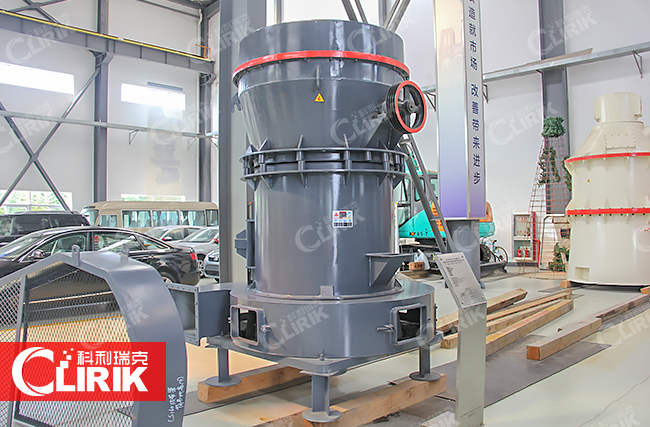Raymond vertical mill advantages and disadvantages
When Raymond vertical mill was first born, it was mainly used for solid material processing in industrial sectors such as beneficiation, metallurgy, chemical industry, and thermal power generation. With the development of the times and the advancement of industry, Raymond vertical mill has further expanded the market in the cement and ceramics industry, and its application range has been continuously expanded. Here we introduce the advantages and disadvantages of Raymond vertical mill.
First look at the advantages of Raymond vertical mill
First, the Raymond vertical mill is highly adaptable to materials, can be used for a variety of materials, can be continuously produced, and has long-term production and high production efficiency. And can be adapted to a variety of operations. Both dry and wet operations can be performed, and drying and slurry can be performed simultaneously.
Second, the crushing strength is large, up to more than 300, and the fineness of the milled product can be easily adjusted.
Third, the Raymond vertical mill has a simple, sturdy structure and is safe and reliable to operate.
Fourth, the Raymond vertical mill has a good seal and can be operated under negative pressure. Prevent dust from flying, thus ensuring a good working environment with less pollution.
Fifth, while mixing the powder, it also has the function of mixing and stirring, so the powder and mixing can be performed simultaneously.

Disadvantages of Raymond vertical mill
First, the Raymond vertical mill's power utilization rate is very low, the effective utilization rate is only about 2%, and most of the remaining power is converted into heat and sound and disappears.
Secondly, it is bulky and noisy when operating at high cost. This is a disadvantage common to large equipment.
Third, the consumption of abrasive bodies and liners is large.
